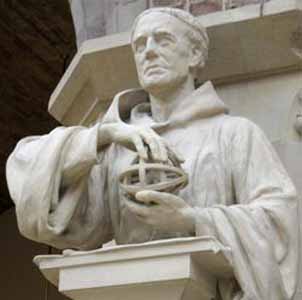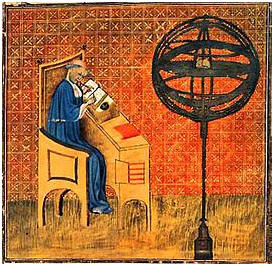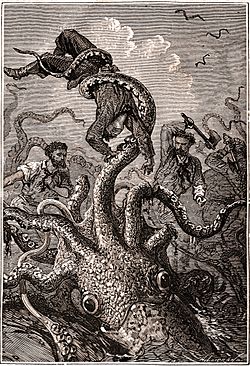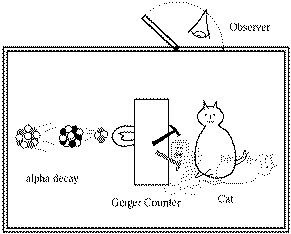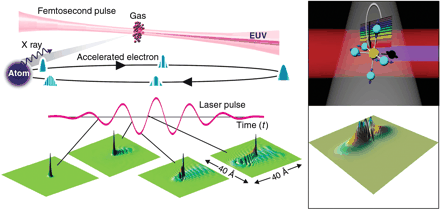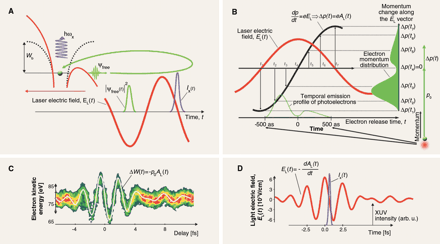Chemistry: Science
-examples, chemical reactions
-what are scientific questions
-scale of observations
-causal mechanisms, integrative models , physical objects
--------------------------------------------------
Science is a set of processes/activities governed by the scientific method and based on the experimental observations of matter (physical objects) with a goal to acquire new knowledge. Scientist use models and theories to organize knowledge and provide better understanding and provide useful predictions.
--------------------------------------------------------------------------------------------------
Modern science : scientific method .
SCIENTIFIC METHOD (image)
Beginning: Most historians and science philosophers put the beginning of the scientific method around the first millennium After Christ (1100s) in the western civilization. Can you recognized people involved? Key components: technology, universities/monasteries, need for "truth method"........

One of the visual presentations of models related to the scientific method.
We can say when SM started , not when is completed. Very important!!! The scientific method should be considered as iterative, " work in progress".
Some of definitions used in the literature:
A tentative interpretation or explanation of your observations or relations between observables
ü“the sweet taste of soda pop is due to the presence of sugar”•A good hypothesis is one that can be tested to be proved true or false (wrong)!
üFalsifiable : "Falsifiability or refutability of a HYPOTHESIS or THEORY is the requirement that it can be IN AGREEMENT OR DISAGREEMENT (contadiction) by an observation (empirical) or the result of an experiment (experimental). Note that "falsifiable" is not the same as false**********
"üOne test may invalidate your hypothesis. It is important relation between the formulation and experiment.
In principle , all tha is not under that relation is not tested
Tests of hypotheses, laws or theories (predetermined goals)
•Can you think of a way to test whether the sweet taste of soda pop is due to the presence of sugar?
THE METHOD:
•Results either Validate (confirm-TRUE) or Invalidate (deny-FALSE) your ideas
üInvalidate = Discard or ModifyØMany times experiments invalidate only parts of the hypothesis or theory, in which case the idea is modified
üValidate ≠ Proof your idea will always hold
Also often used: Laws answer the question What will happen.
The scientific method has limits here because of the scope of application.
üTheory is expected to allow you to predict what will happen and possibly address the causality.
The scientific method has limits here because of the scope of application.
